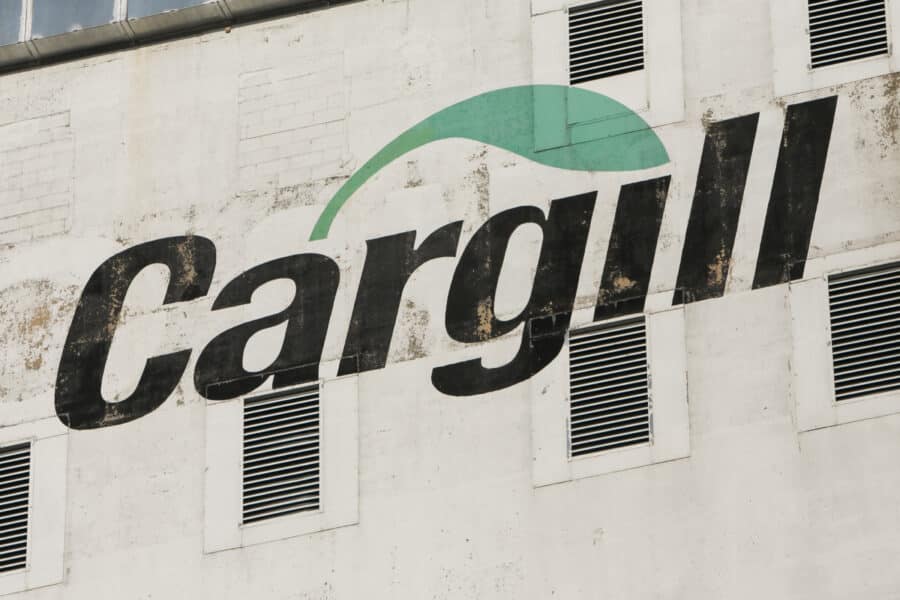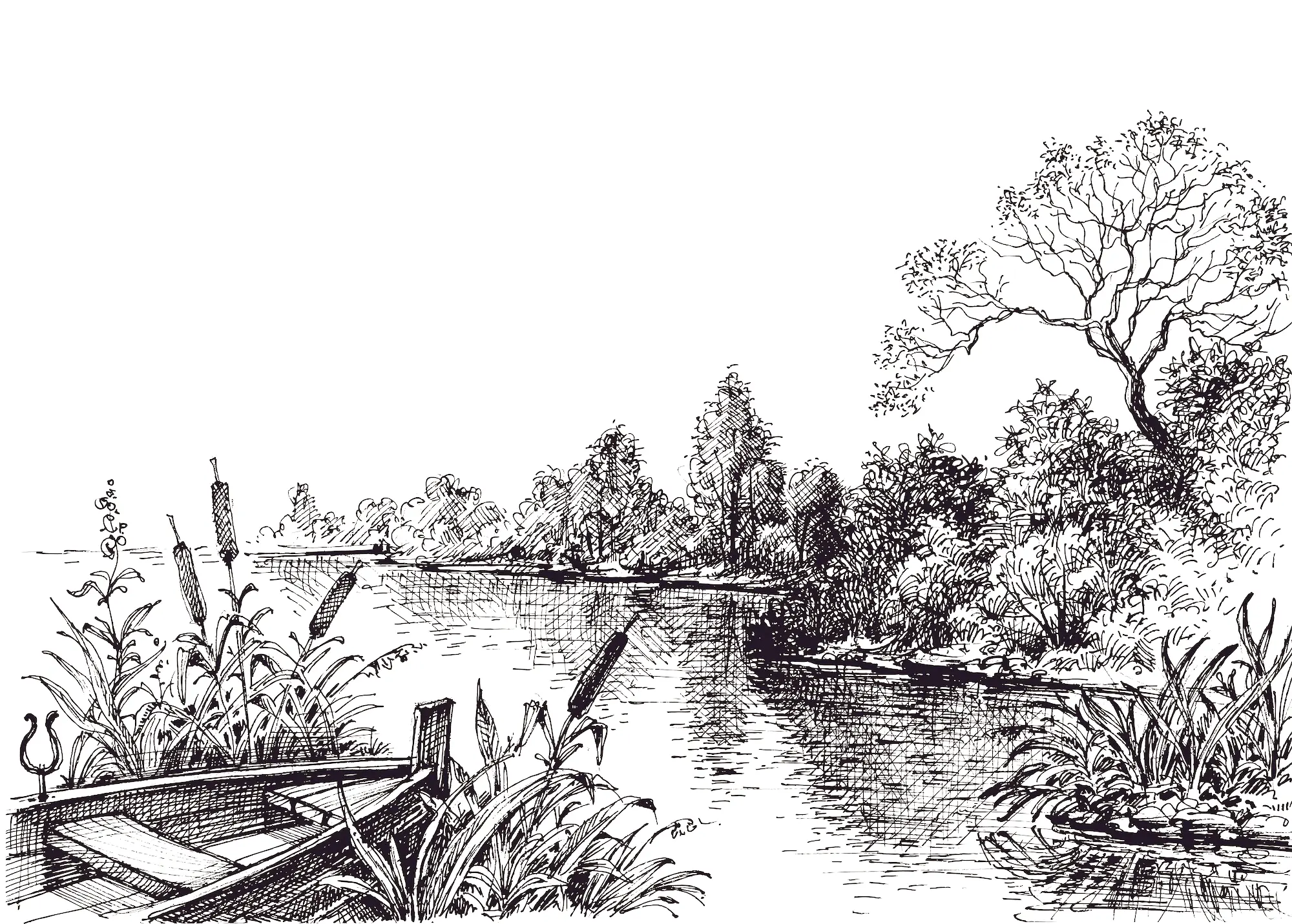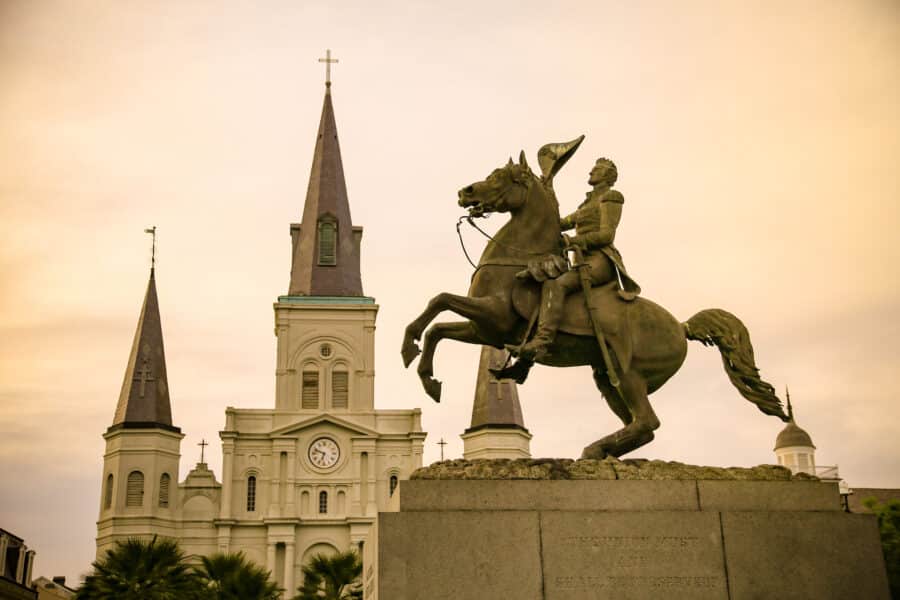I was nervous about wielding a lopper. It was a Saturday morning in early March, and I’d volunteered for an event called a Weed Wrangle to remove invasive plants in Long Hunter State Park in Middle Tennessee. We were focusing on a section called the “Dairy Farm,” 400 acres so named because a portion of it had once been a working dairy farm. I peeked into a plastic trash can containing these hefty long-handled pruning tools with their sharp curved blades and wondered if I could get by without one. Wasn’t I just there to weed?
Uprooting Invasive Plants Across America
The Weed Wrangle movement invites people to pull together.
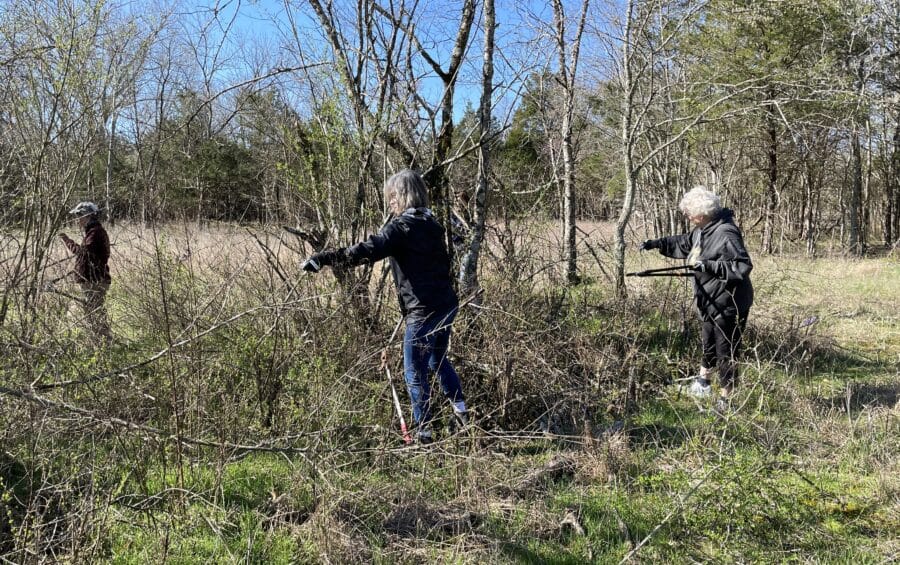

Cayce McAlister cofounded the national Weed Wrangle movement, an effort to gather volunteers to remove invasive plants from public lands. She hopes that, after volunteers remove invasive plants at a Weed Wrangle host site, they then remove invasive plants from their own yards and consider other ways they can improve their environment.
“We’re in the business of ruining people’s eyeballs forever,” she says. “Because once you know what invasive plants look like, you can’t unsee them.”
Learning to see invasives
To be considered invasive, a plant typically must meet two requirements. First, it must’ve been introduced to an area by humans (directly or indirectly). Plants that are native to a region have adapted to their area’s soil, climate and wildlife over a long period of time. This means they require less or no fertilizer and pesticides, and are better able to survive dry periods.
Any time you can get folks together to treat invasive plants, I would say that’s always a success”
Second, the introduction of the plant must harm the economy, environment, residents’ health, or other organisms’ health, or be likely to do so. This requirement is important as a plant can be non-native but not invasive. For instance, tomatoes are native to South America but are grown in North America as an important crop.
Environmental harm can take different forms. Some invasives change the ecosystem, making it unsuitable for other plants: spotted knapweed and garlic mustard, for instance, both release chemicals that prevent other plants from growing. Garlic mustard and other invasives, like the South’s kudzu, grow so densely they prevent other plants from getting enough nutrients and sunlight.
When native plants are threatened, so is the wildlife that depends on them. Because native wildlife has evolved alongside native plants, some animals may only eat or utilize natives and not invasive plants. For example, the Zebra Swallowtail, Tennessee’s state butterfly, needs native pawpaw trees to survive. Adult females lay their eggs on these trees, and once hatched, the caterpillars only eat pawpaw leaves.
McAlister sums up the importance of natives: “It’s such a simple concept in many ways, but I think unless you’re in nature, you don’t see it, and you don’t get it.”
Isaiah Messerly, a regional invasive species biologist with the National Park Service (NPS), knows this firsthand. He grew up on a corn and soybean farm in Iowa with an eight-acre native prairie that had never been tilled. While invasive plants such as Queen Anne’s lace, wild parsnip, thistles and autumn olive can plague prairies, his was free of them.
He remembers exploring the prairie with his dog looking for pheasants, mushrooms and “shooting stars,” his mother’s favorite flower. He credits this experience as one influence on his decision to dedicate his career to restoring natural habitats.
Messerly manages the NPS’s Great Lakes Invasive Plant Management Team, responsible for battling invasive plants at 12 national parks. He described the impact of invasive plants in his team’s home state of Wisconsin as “devastation,” particularly due to buckthorn, an invasive shrub. “That plant alone restricts native forest regeneration,” he says, “and snuffs out a lot of herbaceous plants as well.”
For National Public Lands Day in September 2021, Messerly’s team and Saint Croix National Scenic Riverway staff co-hosted a Weed Wrangle near Somerset, Wis., to remove invasives, including buckthorn. Riverway staff and other volunteers planted about 800 native conifer and oak trees. Messerly was pleased with their work. “Any time you can get folks together to treat invasive plants, I would say that’s always a success,” he says.
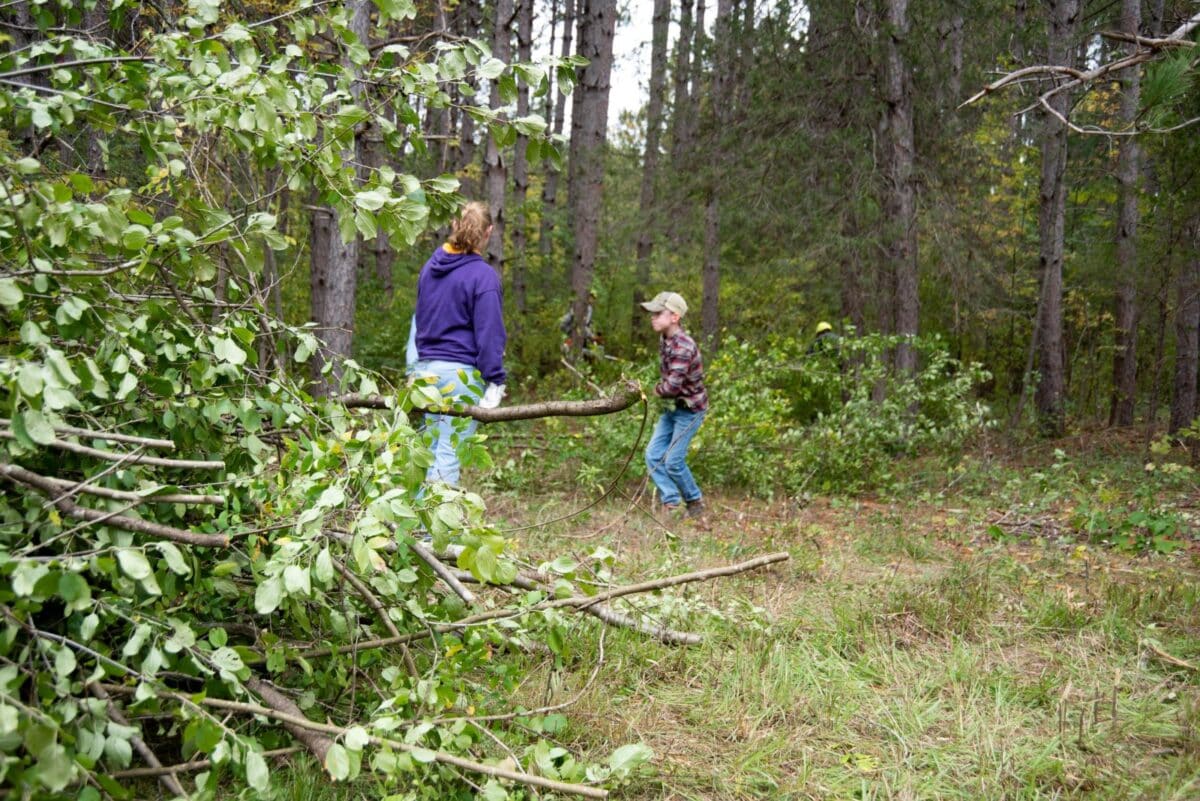
A tiger by the tail
Weed Wrangle began in 2014 in response to how others were trying to manage invasive plants. McAlister and her fellow members of the Garden Club of Nashville, part of the Garden Club of America (GCA), noticed that weed-pulling events were frequently being held all over the city. They thought that if they could organize these efforts, advertise their goal and teach people about the threat invasive plants posed, they could make a greater impact. McAlister’s sister-in-law thought up the name, and a friend of her daughter’s designed the logo. In 2015, they held the first Weed Wrangle events, and 500 volunteers in 10 Nashville-area parks participated.
“It felt like we had a tiger by the tail,” recalls McAlister. Through GCA grants and through her GCA leadership position, she was able to continue this effort and encourage gardeners in other states to hold similar events.
In 2017, the Tennessee State Parks began hosting Weed Wrangles, now an annual tradition with an average of 35 parks participating each year (out of 57 total). “We immediately knew we wanted to be involved in this effort,” says Nancy Schelin, the Friends and Volunteer Program Manager for the Tennessee State Parks. “It was something we were already addressing on our properties and joining forces made sense.”
During the pandemic, McAlister continued to promote Weed Wrangle. She held webinars and partnered with the Homegrown National Park initiative, native plant expert Doug Tallamy’s call for individuals to plant natives and remove invasives on their land. To date, residents of 25 states plus Washington, D.C., have held Weed Wrangles. Sometimes she doesn’t even know a Weed Wrangle has happened until it’s over, but she’s always happy to see others joining.

More than 270 people joined Weed Wrangles at Tennessee State Parks in March. I had been particularly interested in the Dairy Farm because it was part of a cedar glade restoration. Limestone cedar glades are unique open landscapes characterized by rocky sections, a lack of trees, and endemic plants, or plants that only grow in these glades, such as Nashville Breadroot and Tennessee Coneflower. I had been to a few cedar glades before and was fascinated by these local ecosystems with their rare plants. But I was particularly struck by the passion and knowledge of my fellow visitors, their enthusiasm a reassuring signal of the support for these habitats.
Under a brilliant blue sky, I walked into the glade with the group, listening to the melody of chirping frogs. I tried to avoid swaths of gladecress, small white flowers with yellow centers that seemed too delicate to survive in the harsh glade environment. We were there to remove Chinese privet, an invasive shrub. Since many endemics need full sun to grow, the privet’s shade is a threat to their survival. The privet grew in dense thickets with stout woody stems, and I understood the need for loppers.
The glade at the Dairy Farm turned out to be the perfect location for my first Weed Wrangle, a new chapter in my cedar glade education. Now, in addition to understanding what belonged in the glade, I had begun to learn what didn’t. I could see the threat to this special habitat. And McAlister had been right: I had to be there to get it.

Maggie Gigandet is a Nashville freelance writer focusing on the outdoors and people with unique passions. She’s a doughnut enthusiast whose work can be found in Smithsonian Folklife, Atlas Obscura and Mental Floss. Visit maggiegigandet.com for more work.
Have thoughts or reactions to this or any other piece that you’d like to share? Send us a note with the Letter to the Editor form.
Want to republish this story? Check out our guide.
More from Barn Raiser
